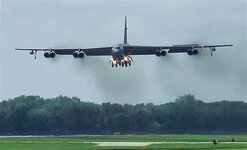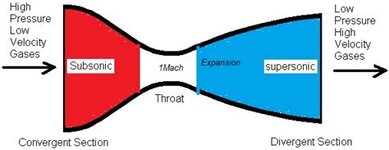drgondog
Major
My father was CO of 318th in 1947 when he 'returned to the fold' and rejoined the AF. It was "all weather interceptor" and was scheduled to upgrade to P-61C but it was cancelled. The P/F -82 replaced the P-61s. I was two years old at Hamilton AFBSemantics! In 1947 when the Air Defense Command was established and later the Continental Air Command, the name/ mission of a "night fighter" was rolled into "all weather interceptor." I think the 318th Fighter-All Weather Squadron (which operated P/F-61s) were one of the first units that underwent this name change.



